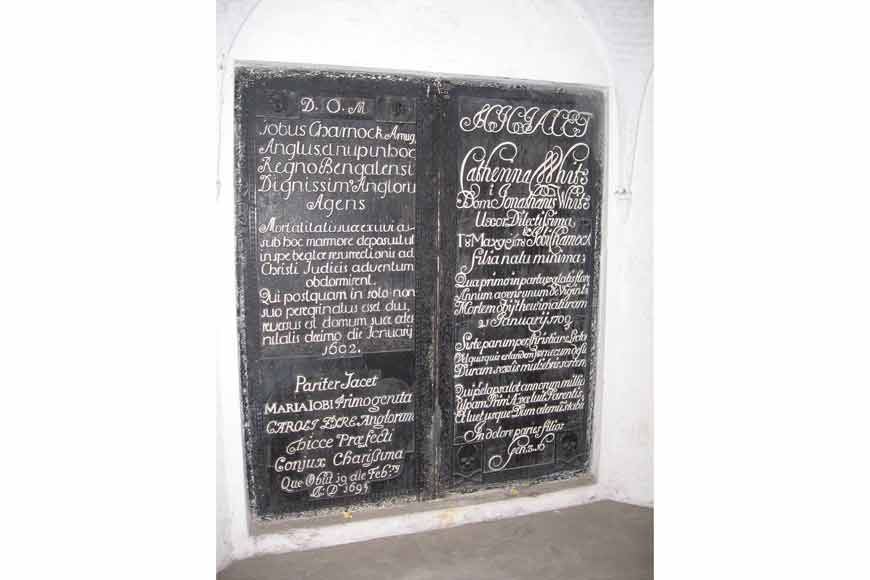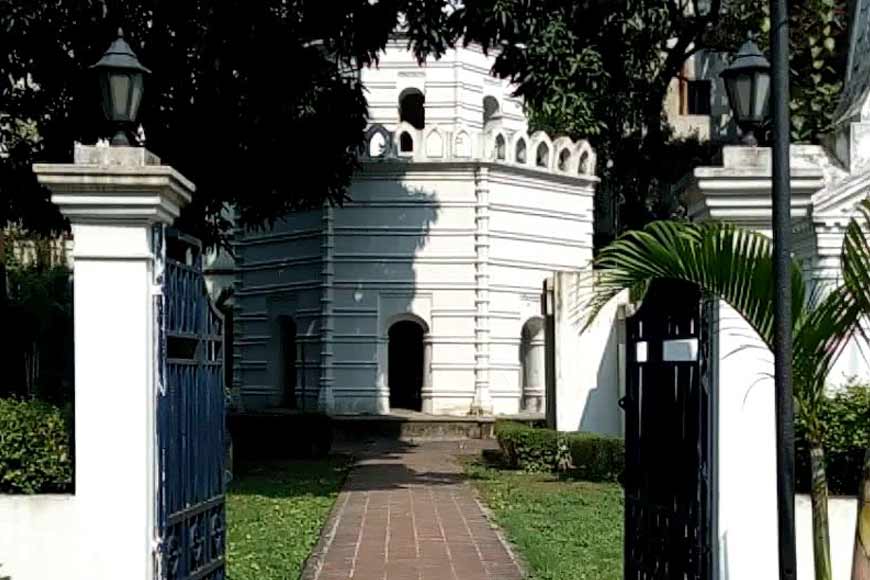Over three centuries after his death, Job Charnock still an enigma

In January of 1692 (1693 if we go by the modern calendar), Job Charnock died in Calcutta, a city of which many consider him the ‘founder’, if a city can actually have a single founder. That makes it 330 years since his death. Having arrived in the village of Sutanuti only two years previously, it is doubtful how much time he had to do anything for Calcutta. But this much is certain, he definitely laid the foundations, if only by virtue of having ‘found’ one of the three villages that eventually became Calcutta.
Charnock the British East India Company employee, but relatively little has been said about Charnock the man. Thanks to his zealous attempts to stamp out corruption among his fellow British employees, and his dour and unsmiling disposition, he was fairly unpopular among his peers, many of whom spread malicious gossip about him in writing, disguised as fact.
But this is not the only reason Charnock is important to the city’s history. By all accounts, long before he arrived in Sutanuti from the British trading post in Hooghly, he had gone ‘native’ with a vengeance. The son of prosperous lawyer and landowner Richard Charnock, Job was born in London in 1630 or 31, according to most estimates. While nothing much is known of his early life, his letters seem to indicate a well-educated, thoughtful man, who travelled out to India as a 24 or 25-year old.

Plenty has been said and written about Charnock the British East India Company employee, but relatively little has been said about Charnock the man. Thanks to his zealous attempts to stamp out corruption among his fellow British employees, and his dour and unsmiling disposition, he was fairly unpopular among his peers, many of whom spread malicious gossip about him in writing, disguised as fact. The other possible reason for their disapproval was Charnock’s decision to adopt Indian culture and habits. In a letter dated February 1658, his colleague Henry Aldworth makes a mocking reference to Charnock’s new ultra-short haircut and his decision to adopt ‘Moorish’ fashions. Clearly, Charnock was among the earliest Englishmen to switch to Indian clothes and customs. Not only did this endear him to locals (a valuable lesson for his successors), but also helped him adjust better to the warm tropical climate.
Job Charnock died in Calcutta, a city of which many consider him the ‘founder’, if a city can actually have a single founder. That makes it 330 years since his death. Having arrived in the village of Sutanuti only two years previously, it is doubtful how much time he had to do anything for Calcutta.
What did the man look like? We have no authenticated image of Charnock, and the ones on the Internet which show a man dressed in an elaborate powdered wig and Elizabethan finery is decidedly not him. In 1847, a contributor to the ‘Calcutta Review’ envisioned Charnock arriving in Sutanuti as a portly, middle-aged man, dressed in a half-Spanish, half-Flemish style, with a short tight satin jacket and a long robe of native silk.
Thanks to his uncompromising honesty and devotion to his employers, he became one of the company’s most trusted employees in India. And at a time when it was common for company servants to run individual trading operations which went against company interests, Charnock was one of the handful of senior servants who had no business of his own, and despite 38 years of service, died a relatively poor man.

Finally, we cannot end a piece on Charnock without addressing the burning question, pun intended - did he really marry a beautiful Bengali Brahmin widow after rescuing her from her husband’s funeral pyre? No matter how many times you have heard this story, the answer is still a big ‘no’. This was one of those maliciously gossipy stories circulated by the now discredited Alexander Hamilton, long considered an authority on early English life in India. According to P. Thankappan Nair, an eminent authority on the history of Kolkata, Charnock married an Indian woman around 1678, who was quite possibly a widow and had originally been his mistress. And they lived happily as man and wife.
That Mrs Charnock was accepted by contemporary European society in India is obvious from the fact that the couple’s three daughters Mary (died 1697), Elizabeth (died August 1753), and Katherine (died 1701) all found wealthy English husbands. In fact, Mary was married to the President and Governor of Fort William, Sir Charles Eyre. Social respectability didn’t get much better than that!










